Evin Pinar Ornek
Zero-Shot Activity Recognition with Videos
Jan 22, 2020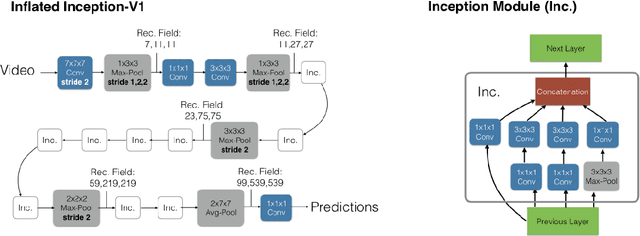
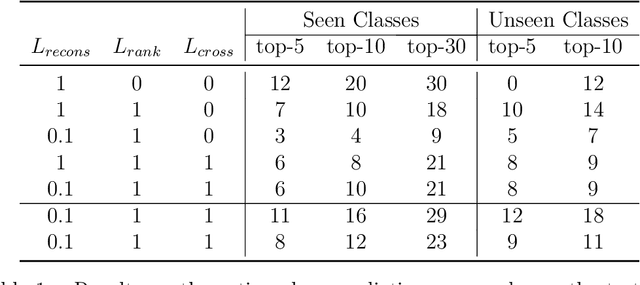
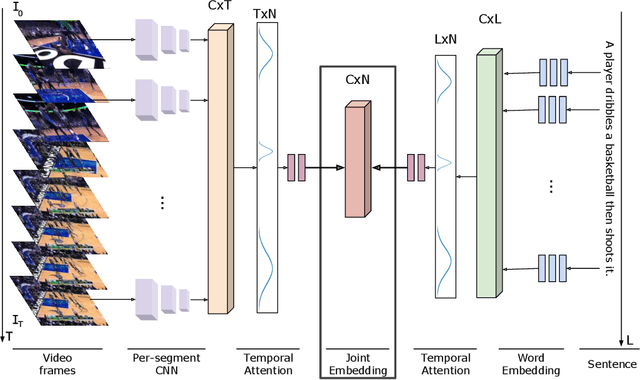
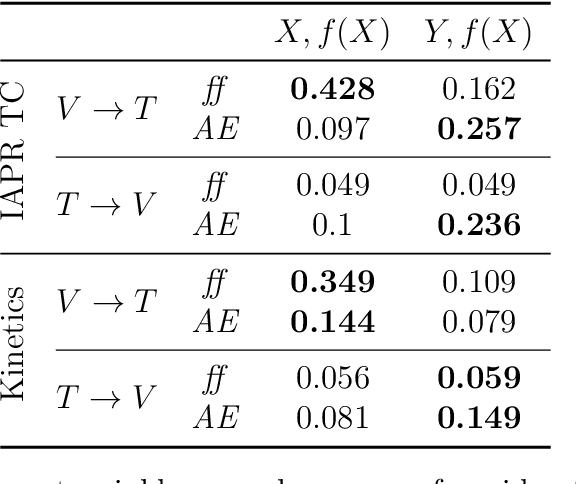
Abstract:In this paper, we examined the zero-shot activity recognition task with the usage of videos. We introduce an auto-encoder based model to construct a multimodal joint embedding space between the visual and textual manifolds. On the visual side, we used activity videos and a state-of-the-art 3D convolutional action recognition network to extract the features. On the textual side, we worked with GloVe word embeddings. The zero-shot recognition results are evaluated by top-n accuracy. Then, the manifold learning ability is measured by mean Nearest Neighbor Overlap. In the end, we provide an extensive discussion over the results and the future directions.
Magnetic-Visual Sensor Fusion-based Dense 3D Reconstruction and Localization for Endoscopic Capsule Robots
Mar 02, 2018
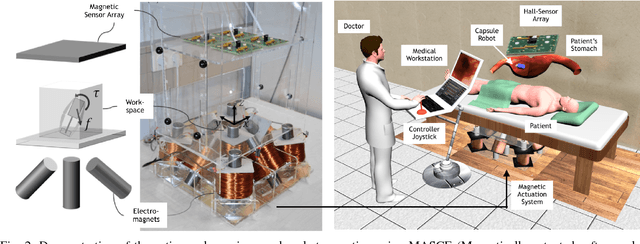


Abstract:Reliable and real-time 3D reconstruction and localization functionality is a crucial prerequisite for the navigation of actively controlled capsule endoscopic robots as an emerging, minimally invasive diagnostic and therapeutic technology for use in the gastrointestinal (GI) tract. In this study, we propose a fully dense, non-rigidly deformable, strictly real-time, intraoperative map fusion approach for actively controlled endoscopic capsule robot applications which combines magnetic and vision-based localization, with non-rigid deformations based frame-to-model map fusion. The performance of the proposed method is demonstrated using four different ex-vivo porcine stomach models. Across different trajectories of varying speed and complexity, and four different endoscopic cameras, the root mean square surface reconstruction errors 1.58 to 2.17 cm.
Unsupervised Odometry and Depth Learning for Endoscopic Capsule Robots
Mar 02, 2018



Abstract:In the last decade, many medical companies and research groups have tried to convert passive capsule endoscopes as an emerging and minimally invasive diagnostic technology into actively steerable endoscopic capsule robots which will provide more intuitive disease detection, targeted drug delivery and biopsy-like operations in the gastrointestinal(GI) tract. In this study, we introduce a fully unsupervised, real-time odometry and depth learner for monocular endoscopic capsule robots. We establish the supervision by warping view sequences and assigning the re-projection minimization to the loss function, which we adopt in multi-view pose estimation and single-view depth estimation network. Detailed quantitative and qualitative analyses of the proposed framework performed on non-rigidly deformable ex-vivo porcine stomach datasets proves the effectiveness of the method in terms of motion estimation and depth recovery.
 Add to Chrome
Add to Chrome Add to Firefox
Add to Firefox Add to Edge
Add to Edge